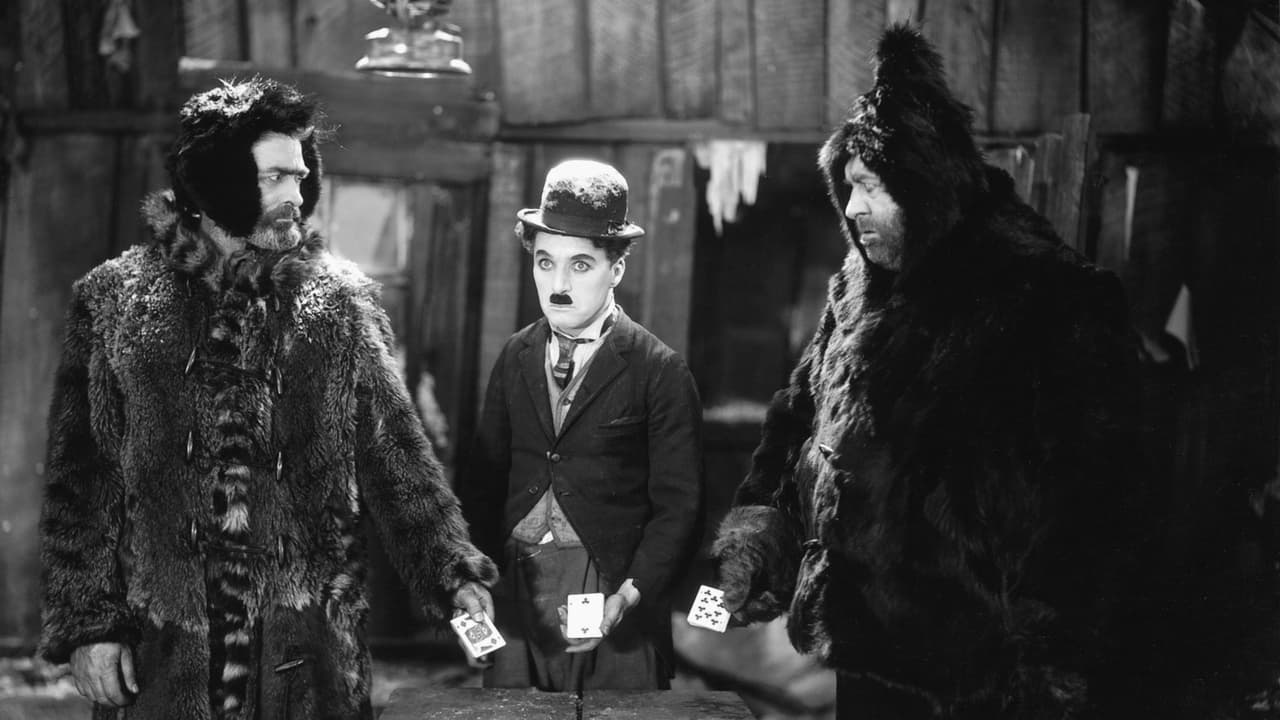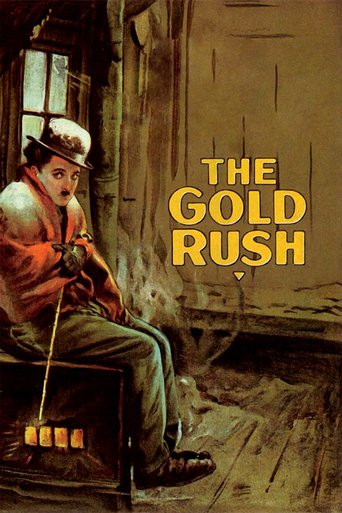

not horrible nor great
... View MoreBest movie ever!
... View MoreWhen a movie has you begging for it to end not even half way through it's pure crap. We've all seen this movie and this characters millions of times, nothing new in it. Don't waste your time.
... View Moreif their story seems completely bonkers, almost like a feverish work of fiction, you ain't heard nothing yet.
... View MoreThis is my choice for the best silent comedy! It is surprising that Chaplin would re-edit this in the 40s with voice over narration and removal or the intertitles and terrific ending. I keep alternating on my favorite Chaplin since Modern Times and City Lights are classics, too, but this seems like a win-win since it's stylistically groundbreaking, hilarious and with heart. The other two have that as well, but the jokes here are more relevant to the story and it ends with everything going Chaplin's way with friendship, romance and, of course, gold.
... View MoreOne of the best funny movies I've seen so far. Charlie just nails it.
... View MoreCopyright 16 August 1925 by Charles Chaplin Productions. Released through United Artists. New York opening at the Mark Strand: 16 August 1925. Sound version, eliminating most of the silent titles and substituting a narrative written and spoken by Charles Chaplin, copyright 6 May 1942 by Charles Chaplin. New York opening at the Globe: 18 April 1942. U.S. release: 17 April 1942. Australian release: 3 December 1942. 6,709 feet. 74 minutes. This version, slightly cut to 6,461 feet was re-issued in Australia in 1956. The same version at 6,480 feet, opened in England at the London Pavilion around September 1956 and was subsequently shown widely throughout the U.K. SYNOPSIS: Charlie, a lone prospector, is stormbound in a Klondyke hut with Big Jim, a successful miner, and Black Larson, a desperado.NOTES: The silent version ran 8,498 feet which, projected at sound speed, ran 93 minutes. Chaplin claims that he saved no less than 25 minutes, solely by eliminating the original inter-titles. As the film then ran only 68 minutes, Chaplin added 400 feet of previously discarded footage which he had been wise enough to keep in storage all these years. Chaplin's first film as actor-director for United Artists (of which he was one of the four founding partners). The most commercially successful of all Chaplin's silent films, coming in third at the U.S./Canadian box-office for 1925, with a domestic rentals gross of $2½ million. Location scenes filmed in the High Sierras. COMMENT: Not nearly as funny as its admirers would have us believe, The Gold Rush is too macabre, too grisly in its humor for my taste. True, Chaplin does wonders with seemingly depressing material. Indeed the whole movie depends for its effect on finding something to laugh at in the most horrifying situations. But I still find it hard to chuckle at the sight of a man so desperately hungry he is reduced to cooking his boot. Only a genius like Chaplin would think of turning this predicament into a classic comedy turn.
... View MoreI am not usually one to like silent films, but I very much enjoyed Gold Rush. Granted, I have watched only the 1942 re-release with background music and Chaplin's narration, so one might say that the movie I watched was not truly silent, but none of the characters really had voices and there were no sounds otherwise recorded while filming, so I am going to still consider it a silent film. But I digress. From start to finish Gold Rush is a charming, funny and overall entertaining film borne of the genius of Charlie Chaplin. For the most part, the remarkable qualities of this film are not to do with the cinematography, but the acting and on screen charisma of Chaplin (and the other actors too I guess). Although there are certain examples of cinematic excellence. One shot that really stood out to me is when the Tramp first gets to the dance hall that Georgia works at. He stands in the foreground facing away from the camera while the rest of the hall, which is visible past him, is alive with music and dancing. Although I suppose it was due in part to Chaplin's acting, how forlorn the Tramp looked was conveyed in this scene largely, I think, by the cinematography, from the angle (slightly below eye level) to the lighting (contrast between him, who was standing in the dark, and the rest of the well lit room) to the music (bright and cheery, in line with the rest of the room). Even the re-release of the film with its narration largely left telling the story up to the actors and only interjected when necessary. There were some parts, especially at the beginning, when the narration is a bit much and it would be describing things that were obvious to the viewer. But, I think this is outweighed by its value when later on in the film it explains things that I myself would not have understood otherwise. For example, when Big Jim wakes up from being knocked out by Black Larsen he just kind of get up and runs at the camera with a crazed look on his face. Had the narrator not said it, I don't know if anyone could have deciphered that Jim had developed amnesia and couldn't remember where he was or how he got there. In addition to knowing when to speak, the narrator also knew when not to say anything. In the scene when the Tramp and Big Jim are forced to eat the boot, Chaplin lets the acting do the talking. As are many other silent films, Gold Rush is very melodramatic. Typically in the melodramatic the plot is meant to appeal to the heightened emotions of the audience. In the case of Gold Rush, the actors themselves appear to have that heightened emotion, likely because without it it would be very difficult for the audience to be able to discern what is happening (with it being a silent film and all), but also to evoke an emotional response from the audience. In the scene with the boot, Big Jim is clearly not happy and has a grimace on his face for most of the scene. The Tramp, however, tries to make the best of it and though it is not said explicitly, it is obvious that he is treating the boot laces as though they were spaghetti, all through the melodramatic conveying of heightened emotions. This elicits a response of pity from the audience for we can see what a terrible time they are having eating the boot.Maybe it's the pure charisma of Chaplin at work, or maybe it's my own personal bias putting unnecessary weight on the fact that there is narration and background music, but Gold Rush is, in my opinion, the best silent film I have ever seen and perhaps even one of the best films in general.
... View More